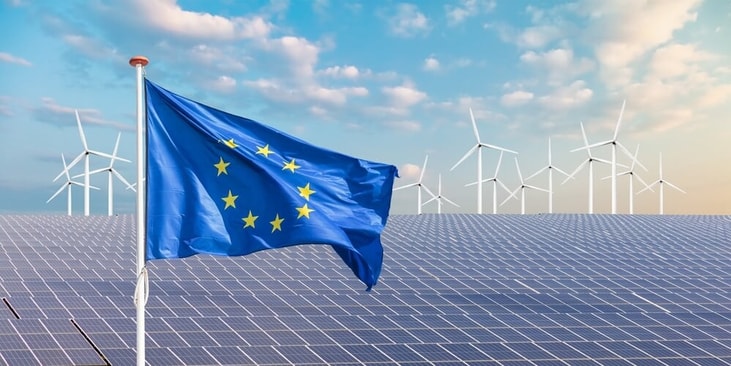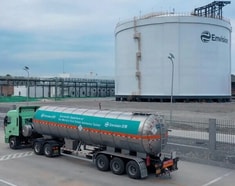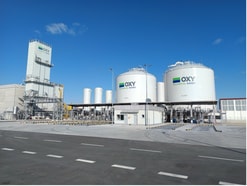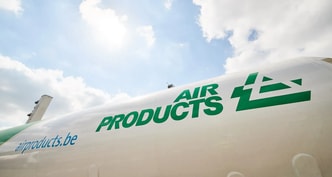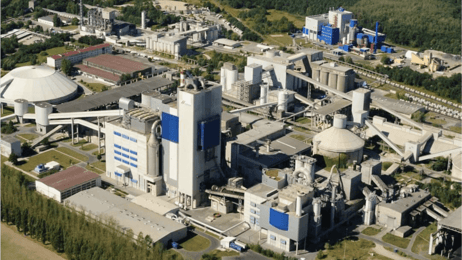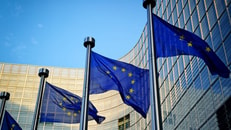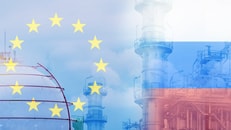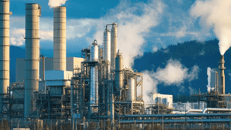Europe faces ‘scale or fail’ green industrial moment
Europe faces a ‘scale or fail’ moment in the race for green industrial leadership, according to the Vice-President of Breakthrough Energy Europe.
Ann Mettler said too often demand signals are weak, energy costs make investment economics disadvantageous, and markets remain needlessly fragmented.
“Unless Europe finally makes a compelling business case for the clean energy transition, it risks not only repeating the old pattern of pioneering innovation at home only to see it commercialised elsewhere but also stands to lose even more of its manufacturing and industrial base,” she said.
“In times of war and geopolitical strife, setting the right course with the forthcoming Clean Industrial Deal is of existential importance.”
... to continue reading you must be subscribed

